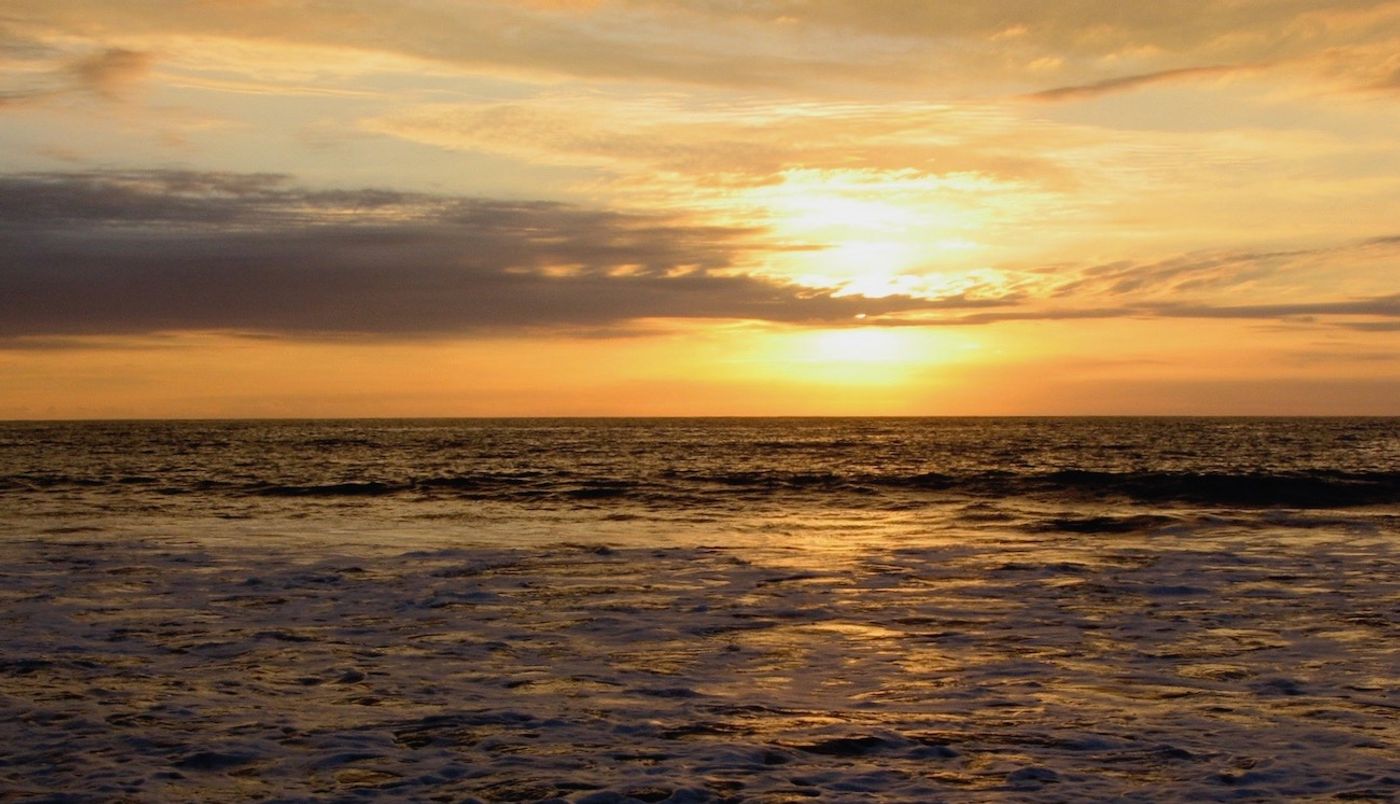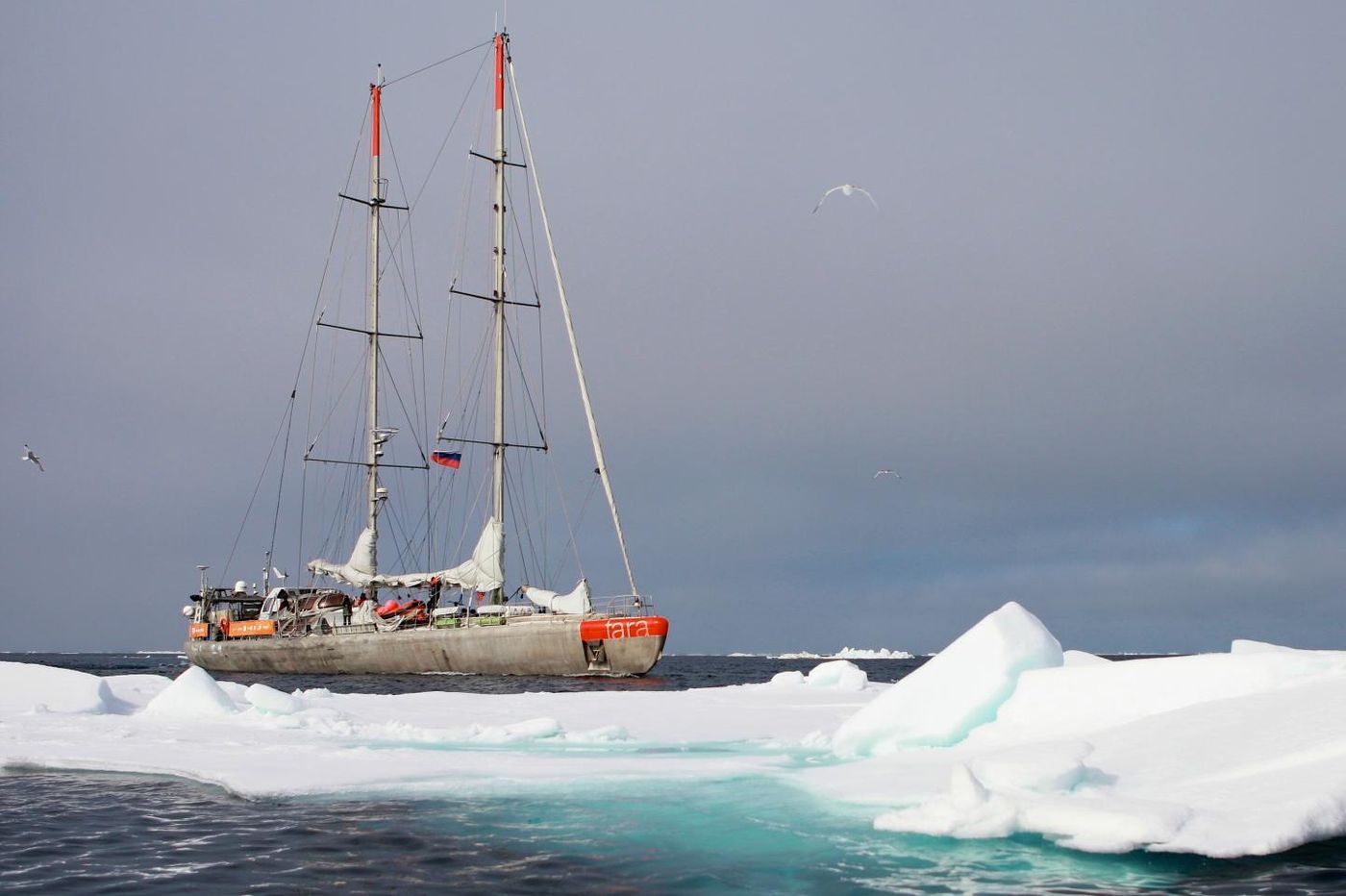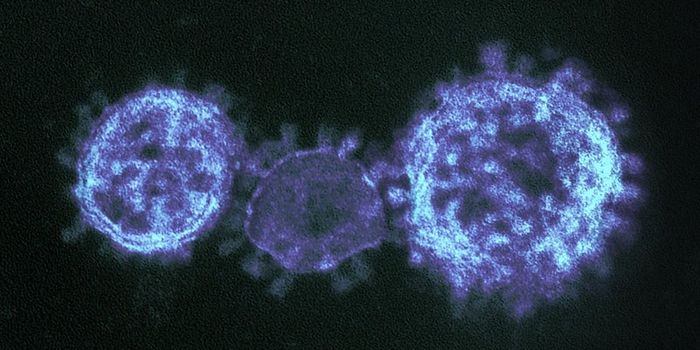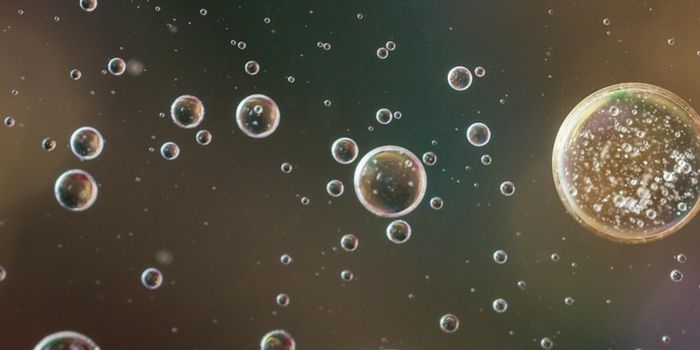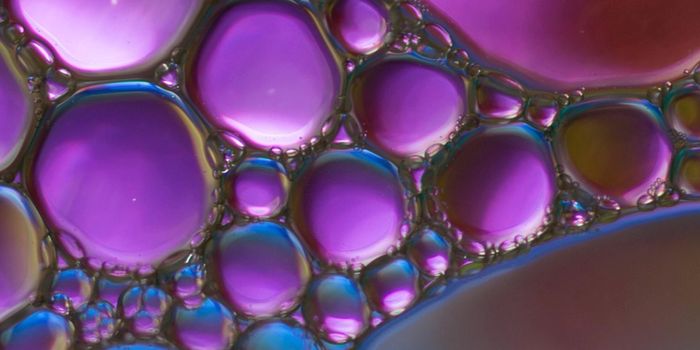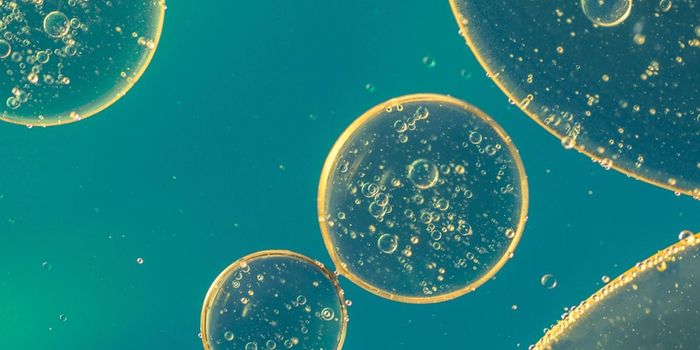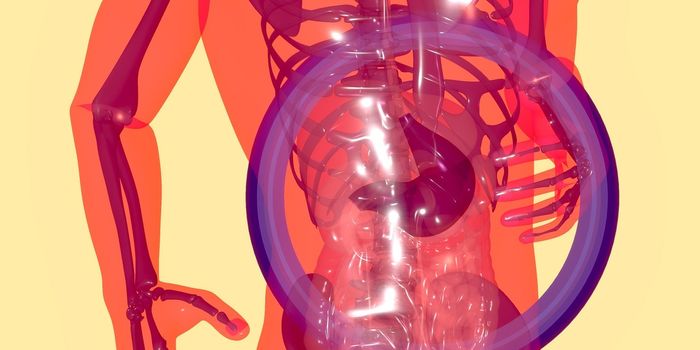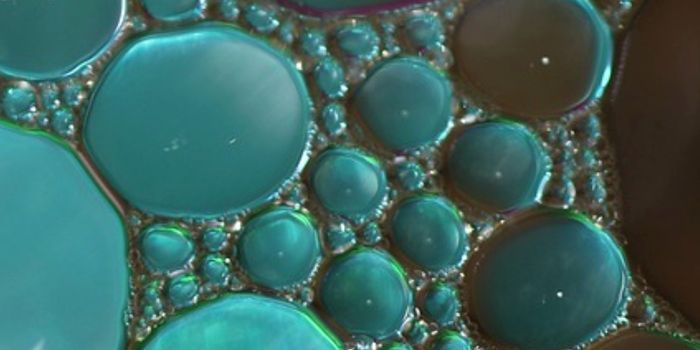Massive Survey Reveals Nearly 200,000 New Marine Viral Species
After a global survey of the world’s oceans, an international team of researchers has found almost 200,000 new species of marine viruses. One sailboat, the Tara, was used to gather the analysis from 2009 to 2013 as part of a larger project that aims to learn more about the impacts of climate change. The study dramatically expands what we know about the viral microbes in the sea, and it can help reveal more about evolution, our environment, and climate change, for example. It has been reported in Cell.
"Viruses are these tiny things that you can't even see, but because they're present in such huge numbers, they really matter," said the senior author of the study Matthew Sullivan, a microbiologist at the Ohio State University. "We've developed a distribution map that is foundational for anyone who wants to study how viruses manipulate the ecosystem. There were many things that surprised us about our findings."
The researchers weren’t expecting to find so many new species of viruses, or that they would be distinctly organized into five ecological zones in the ocean. While the diversity among large organisms in the ocean is greatest near the equator and lowest around the poles, the scientists found a hotspot of viral diversity in the Arctic Ocean, and a huge number of samples compared to other investigations of ocean life there.
In this work, the scientists gathered microbes as well as viruses, and they plan to release additional studies about those organisms soon. "We filtered the samples to analyze organisms ranging in size from viruses to fish eggs," noted Sullivan.
This work can help us understand how marine microbes are impacting our atmosphere. "In the last 20 years or so, we've learned that half of the oxygen that we breathe comes from marine organisms. Additionally, the oceans soak up half of the carbon dioxide from the atmosphere," Sullivan explained.
"Because of complex chemistry, increased levels of carbon dioxide at the surface acidify the oceans," Sullivan continued. "However, if carbon dioxide instead is converted to organic carbon and biomass, then it can become particulate and sink into the deep oceans. That's a good result for helping mitigate human-induced climate change--and we're learning that viruses can help facilitate this sinking. Having a new map of where these viruses are located can help us understand this ocean carbon 'pump' and, more broadly, biogeochemistry that impacts the planet."
By knowing more about how marine viruses are distributed, said the researchers, they will determine which ones to focus on in future work. This analysis will also serve as a baseline, and scientists will be able to compare similar surveys to this one in order to learn how things are changing; those alterations might happen because of climate change, the season, or other factors.
"Previous ocean ecosystem models have commonly ignored microbes, and rarely included viruses, but we now know they are a vital component to include," Sullivan concluded.
Sources: AAAS/Eurekalert! via Cell Press, Cell
